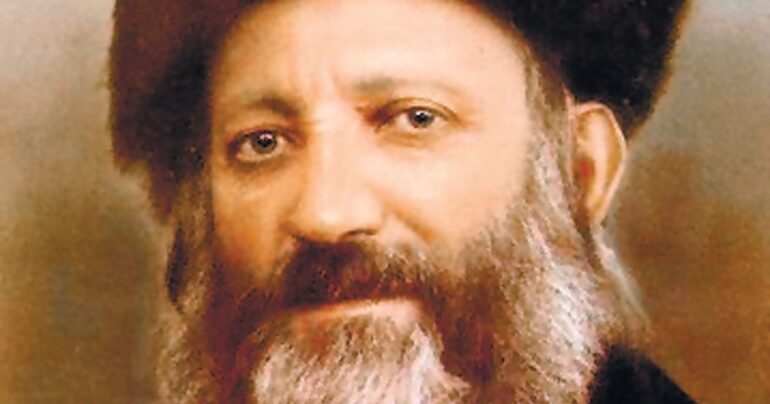The third day of the month of Elul marks the date HaRav Avraham Yitzḥak HaKohen Kook left our world.
For a vision that transcends the linear political spectrum without compromise and expresses the fullness of Torah, Jewish national consciousness, a drive to make the world a better place for all peoples and an awareness of our deep inner unity with the totality of creation, we look to the teachings of Rav Kook.
On this day, it feels appropriate to share some pieces from Rav Kook’s writings.
On Death
“Death is a false phenomenon. What makes death unclean is that it spreads an aura of falsehood. Actually, what people call death is the opposite: an ascent into a greater and more real life. We are plunged into the depths of small-mindedness.
What has places us here? Our physical and emotional drives. These drives, gazing upon this ascent into life, interpret it as a dreadful, black phenomenon that they label: death.
In their purity, the kohanim must shield themselves from this falsehood. The only way to escape while this false consciousness lays spread across the earth is to avert one’s eyes from any sights that cause one’s soul to err. That is why the kohanim are commanded to avoid the vicinity of any dead person – for in their human apprehension of death, this falsehood, they are defiled.” (Orot HaKodesh II, 380)
Individual Creativity
“Let everyone express in faithfulness and truth whatever their soul reveals to them, let everyone bring forth their spiritual creativity from potentiality to actuality without any deception. Out of such sparks torches of light will be assembled and they will illuminate the whole world out of their glory. Out of such fragments of inner truth, will the great Truth emerge.” (Orot HaKodesh I, 116)
The Four Songs
“There is a person who sings the song of his soul. He finds everything, his complete spiritual satisfaction, within his soul.
There is a person who sings the song of the nation. He steps forward from his private soul, which he finds narrow and uncivilized. He yearns for the heights. He clings with a sensitive love to the entirety of the Jewish people and sings its song. He shares in its pains, is joyful in its hopes, speaks with exalted and pure thoughts regarding its past and its future, investigates its inner spiritual nature with love and a wise heart.
There is a person whose soul is so broad that it expands beyond the border of Israel. It sings the song of humanity. This soul constantly grows broader with the exalted totality of humanity and its glorious image. He yearns for humanity’s general enlightenment. He looks forward to its supernal perfection. From this source of life, he draws all of his thoughts and insights, his ideals and visions.
And there is a person who rises even higher until he unites with all existence, with all creatures, and with all worlds. And with all of them, he sings. This is the person who, engaged in the Chapter of Song every day, is assured that he is a child of the World-to-Come.
And there is a person who rises with all these songs together in one ensemble so that they all give forth their voices, they all sing their songs sweetly, each supplies its fellow with fullness and life: the voice of happiness and joy, the voice of rejoicing and tunefulness, the voice of merriment and the voice of holiness.
The song of the soul, the song of the nation, the song of humanity, the song of the world—they all mix together with this person at every moment and at all times.
And this simplicity in its fullness rises to become a song of holiness, the song of God, the song that is simple, doubled, tripled, quadrupled, the song of songs of Shlomo — of the king who is characterized by completeness and peace.” (Orot HaKodesh II, 444)





